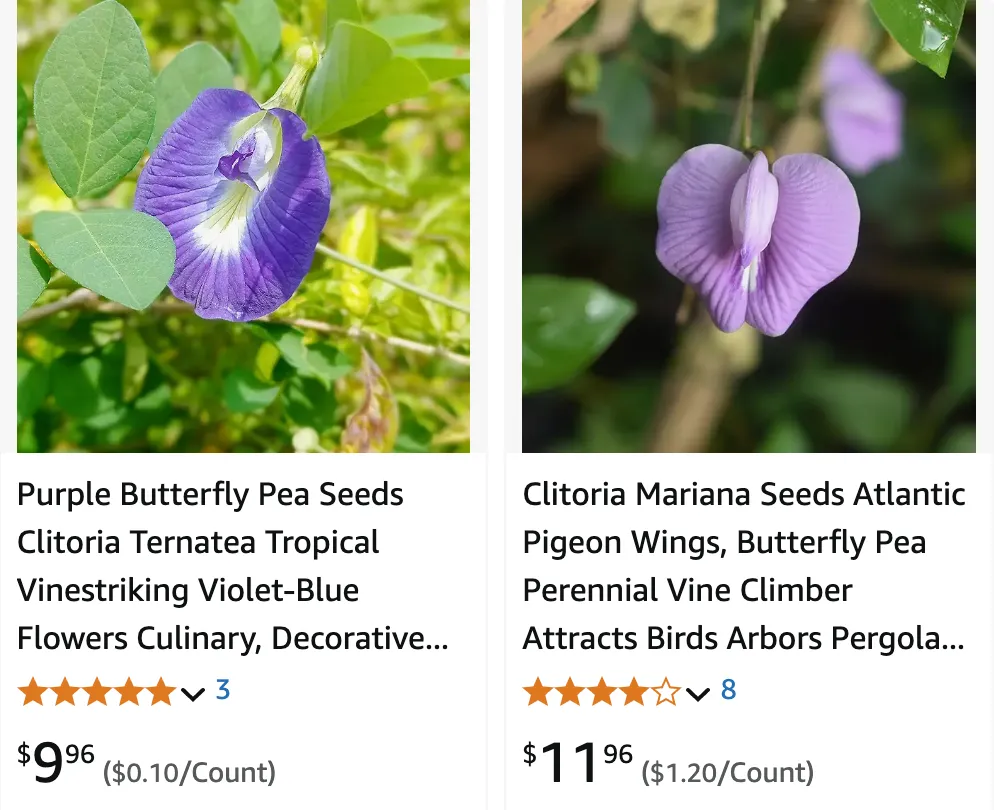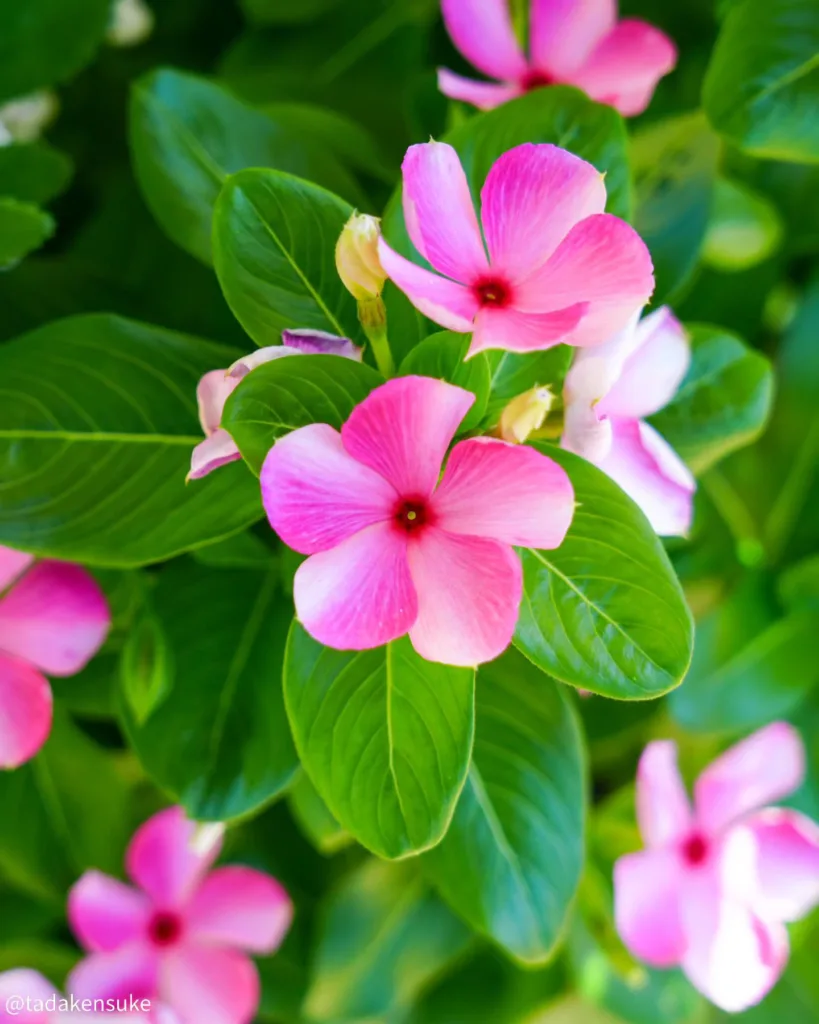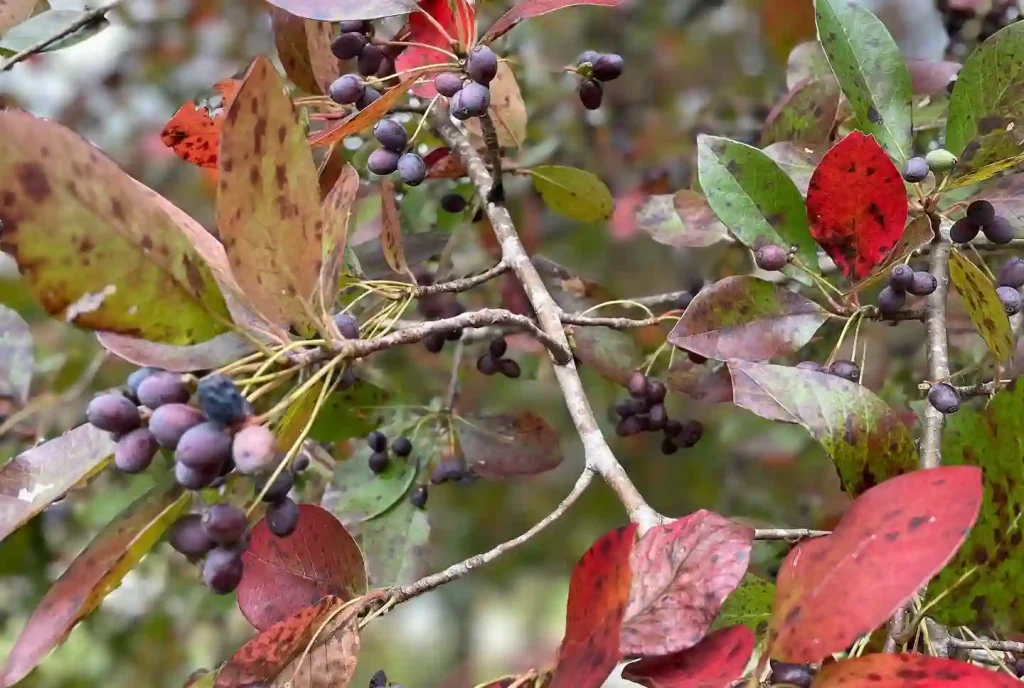
April 17 – Clitoria
"Clitoria, the butterfly pea, defines April 17."
This flower represents creativity and transformation. You have an imaginative mind, often finding beauty and meaning in unexpected places. Like this plant, your ideas bloom into something remarkable.
The Curious Case of Clitoria: A Personal Exploration
My name is Ferb Vu, and I’m fascinated by the plant genus Clitoria. It’s a group of mainly tropical and subtropical flowering vines that belong to the Fabaceae family (legumes). Now, before you raise an eyebrow at the name, let me assure you it’s rooted in botany. The genus was named by the great Carl Linnaeus himself, who found the flower’s shape reminiscent of a certain part of the female anatomy.
While the name might be a conversation starter, it’s the vibrant beauty and versatility of Clitoria that truly captivates me. These plants boast striking flowers, often in shades of vivid blue, purple, and white. Beyond their ornamental value, they also hold cultural and medicinal significance in many parts of the world.
A Diverse Family
The Clitoria genus is surprisingly diverse, with an estimated 66 species scattered across the globe:
- Clitoria amazonum Mart. ex Benth.
- Clitoria andrei Fantz
- Clitoria annua J.Graham
- Clitoria arborea Benth.
- Clitoria arborescens R.Br.
- Clitoria australis Benth.
- Clitoria brachycalyx Harms
- Clitoria brachystegia Benth.
- Clitoria canescens Pittier ex Fantz
- Clitoria cavalcantei Fantz
- Clitoria cearensis Huber
- Clitoria chanondii Chuakul
- Clitoria cordiformis Fantz
- Clitoria cordobensis Burkart
- Clitoria coriacea Schery
- Clitoria dendrina Pittier
- Clitoria densiflora (Benth.) Benth.
- Clitoria epetiolata Burkart
- Clitoria fairchildiana R.A.Howard
- Clitoria falcata Lam.
- Clitoria flagellaris (Benth.) Benth.
- Clitoria flexuosa Fantz
- Clitoria fragrans Small
- Clitoria froesii Fantz
- Clitoria glaberrima Pittier
- Clitoria guianensis (Aubl.) Benth.
- Clitoria hanceana Hemsl.
- Clitoria hermannii Fantz
- Clitoria heterophylla Lam.
- Clitoria humilis Rose
- Clitoria irwinii Fantz
- Clitoria javanica Miq.
- Clitoria javitensis (Kunth) Benth.
- Clitoria juninensis Fantz
- Clitoria kaessneri Harms
- Clitoria kaieteurensis Fantz
- Clitoria lasciva Bojer ex Benth.
- Clitoria laurifolia Poir.
- Clitoria leptostachya Benth.
- Clitoria linearis Gagnep.
- Clitoria macrophylla Wall. ex Benth.
- Clitoria magentea Fantz
- Clitoria mariana L.
- Clitoria mexicana Link
- Clitoria monticola Brandegee
- Clitoria moyobambensis Fantz
- Clitoria mucronulata Benth.
- Clitoria nana Benth.
- Clitoria nervosa Herzog
- Clitoria obidensis Huber
- Clitoria pendens Fantz
- Clitoria pilosula Wall. ex Benth.
- Clitoria plumosa Fantz
- Clitoria polystachya Benth.
- Clitoria pozuzoensis J.F.Macbr.
- Clitoria sagotii Fantz
- Clitoria selloi Benth.
- Clitoria simplicifolia (Kunth) Benth.
- Clitoria snethlageae Ducke
- Clitoria speciosa Cav.
- Clitoria steyermarkii Fantz
- Clitoria stipularis Benth.
- Clitoria ternatea L. Plant FAQs: Butterfly Pea – Clitoria Ternatea – Asian Pigeonwings – Blue Pea
- Clitoria triflora S.Watson
- Clitoria tunuhiensis Fantz
- Clitoria woytkowskii Fantz
Beyond Beauty: The Uses of Clitoria
What truly intrigues me about Clitoria is its multifaceted nature. It’s not just a pretty face; it has a rich history of practical uses.
- Traditional Medicine: In Ayurvedic medicine, Clitoria ternatea root is used to treat a variety of ailments, from memory enhancement to anxiety relief. Its potential benefits for cognitive function and stress reduction are currently being investigated by scientists.
- Food and Beverage: As mentioned earlier, the blue flowers of Clitoria ternatea are a natural food coloring. They’re used to create stunning blue rice dishes, teas, and cocktails. The flowers also contain antioxidants, which may offer health benefits.
- Agriculture: Some Clitoria species are used as cover crops to improve soil fertility and prevent erosion. They have the ability to fix nitrogen from the atmosphere, enriching the soil naturally.
- Ornamental Plants: With their vibrant flowers and vining habit, many Clitoria species are cultivated for their ornamental value, adding a touch of tropical beauty to gardens and landscapes.
Looking Ahead
The future of Clitoria research looks promising. Scientists are delving deeper into its potential medicinal benefits, exploring its use in sustainable agriculture, and even investigating its potential in bioremediation.
As for me, I’m excited to continue learning about this fascinating genus. I believe that Clitoria, with its beauty, versatility, and potential, holds many secrets waiting to be uncovered. Who knows what amazing discoveries await us in the world of these captivating plants?
If i die, water my plants!



